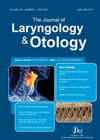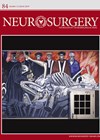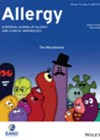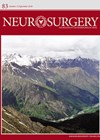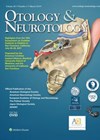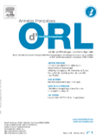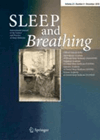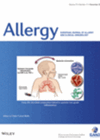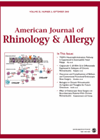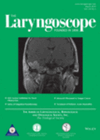
Journal Reviews
Death related to epistaxis
One of the commonest emergencies presenting in ENT is epistaxis. The presentation can be through accident and emergency or through ward referrals. In this national audit of epistaxis management involving 113 centres, it was noted that 33 of the 985...
Recovery room cortisol to predict long-term glucocorticoid supplementation
The authors report the results of using recovery room (RR) cortisol to predict the need for long-term glucocorticoids in patients who underwent transsphenoidal surgery (TSS). They conducted a retrospective study of preoperative morning serum cortisol (MSC), RR cortisol and day...
CRSwNP, another monoclonal antibody
Interleukins 4, 5 and 13 were shown to be important factors in type 2 inflammation, which characterises chronic rhinosinusitis with nasal polyposis (CRSwNP). In CRSwNP non-responders and those who recur short after-surgery monoclonal antibodies might be an answer. Examples include...
Nasal disease and quality of life in athletes
Rhinitis is a nasal condition which is generally underappreciated in primary care and even less in athletes. In this study, the authors specify nasal symptoms constituting rhinitis as nasal blockage, sneezing bouts, rhinorrhoea and itching and compare their prevalence in...
Superior semicircular canal volumetry
This study uses superior semicircular canal dehiscence (SSCD) volumetry to measure the size of SSCD. The authors imported high-resolution computed tomographic images of the temporal bone into segmentation software. They measured the dehiscence lengths and volumes on coronal images (instead...
The continued evolution of surgical techniques for bone anchored hearing devices
This paper is not the first, and is unlikely to be the last, to look at a variation on the current technique for inserting the percutaneous titanium bone-anchored component of a bone conduction hearing device. In less than a decade,...
Widen the ostium or keep it: that is the question
The original concept of wide endoscopic sphenoethmoidectomy for sinonasal polyposis has been a well-established principle since 1995. However, with the evolution of the understanding of sinonasal physiology, this might change. The authors present arguments based on the evolutionary and developmental...
DISE as a rationalising tool for sleep apnoea surgery
This retrospective study on 85 adult obstructive sleep apnoea (OSA) patients provides further interesting information for sleep surgeons. These patients were all investigated with polysomnography (PSG) and drug induced sleep endoscopy (DISE). They all then underwent a simple uvulopalatoplasty with...
CRSwNP initiation, not always an interleukin fault
CRSwNP, similar to asthma, is an inflammatory disorder (type II) with eosinophilia and raised IL-5 and IL-13. Inflammation in CRSwNP is thought to be started by IL-25, IL-33 and thymic stromal lymphopoietin (TSLP), all of which form an important part...
Balloons – more complicated than first thought?
This study describes the complications seen after balloon sinuplasty (BSP) - a commonly performed procedure (particularly in the USA where it is often performed as an office procedure) versus traditional functional endoscopic sinus surgery (FESS). The data source was a...
The relevance of rhinoplasty and septorhinoplasty from the commissioners
The rising costs of running the National Health Service and its overburdened resources has led to the constant monitoring of the low clinical value treatments. The operations of rhinoplasty and septorhinoplasty inevitably fall into this group and are subject to...
Does Tranexamic acid reduce intraoperative bleeding during FESS?
Intraoperative bleeding during FESS can reduce visibility and obscure important landmarks. This can result in longer operative times, increase risks of complications and even lead to incomplete surgery. Tranexamic acid is a drug which prevents fibrinolysis and stabilises blood clots....

